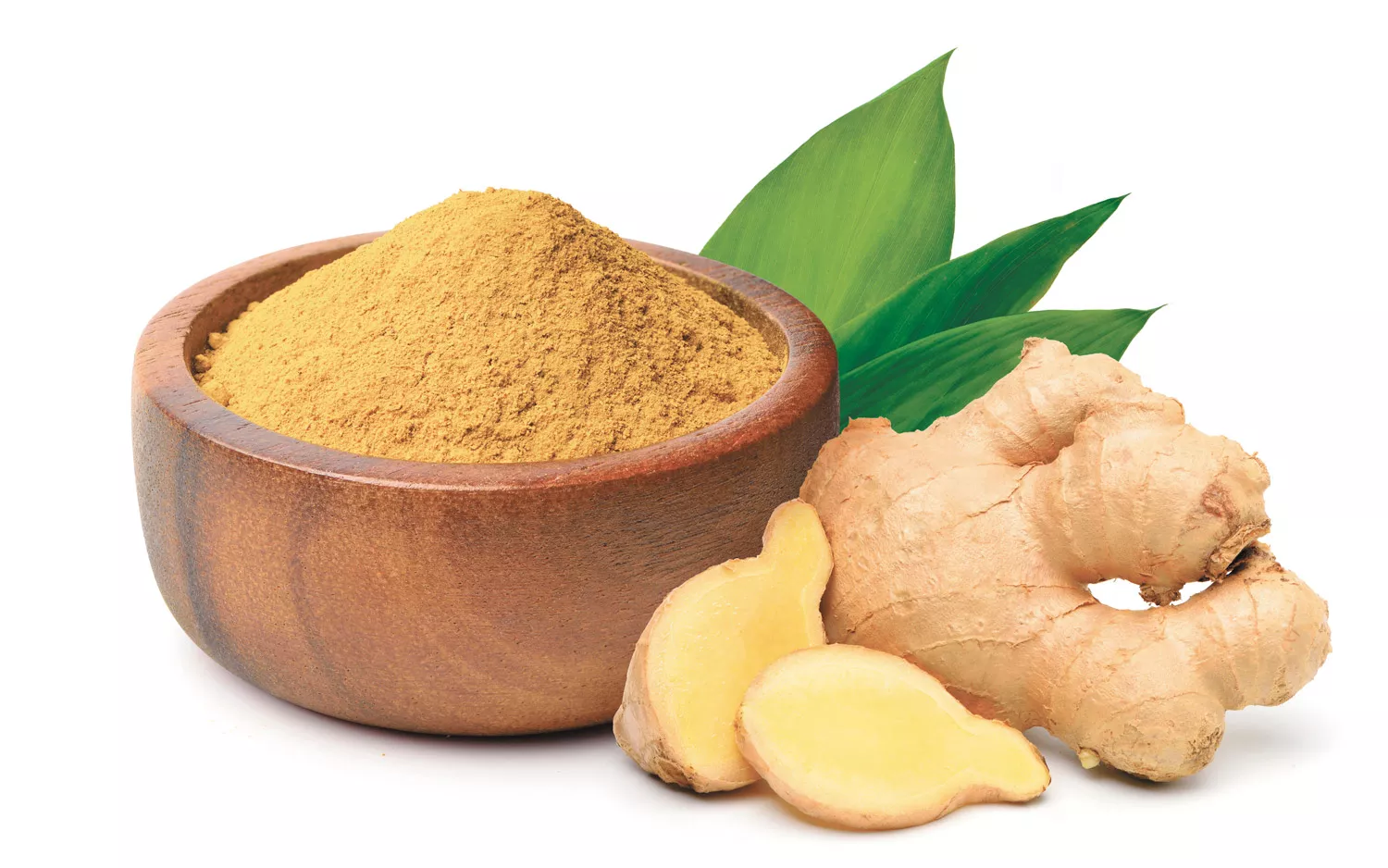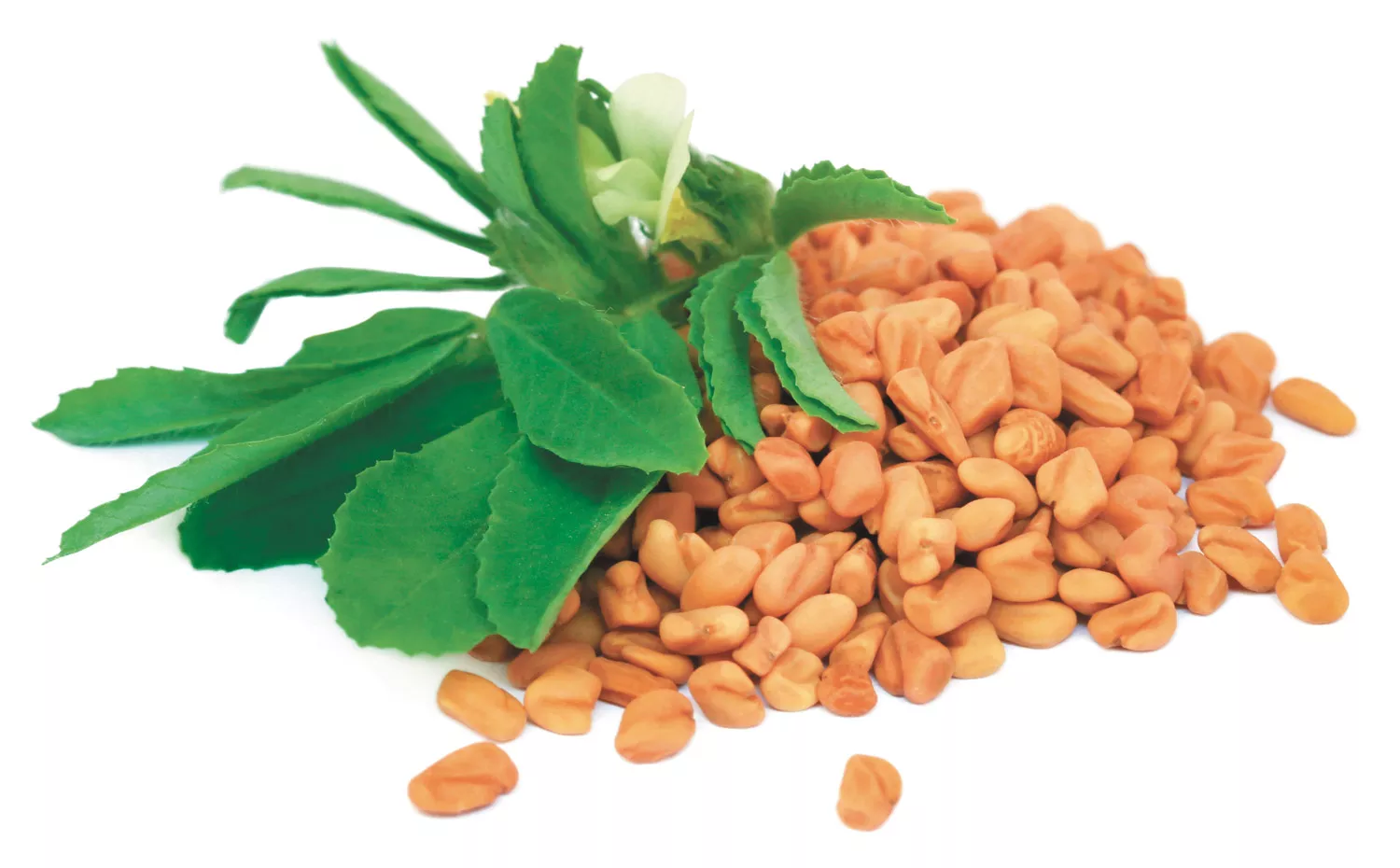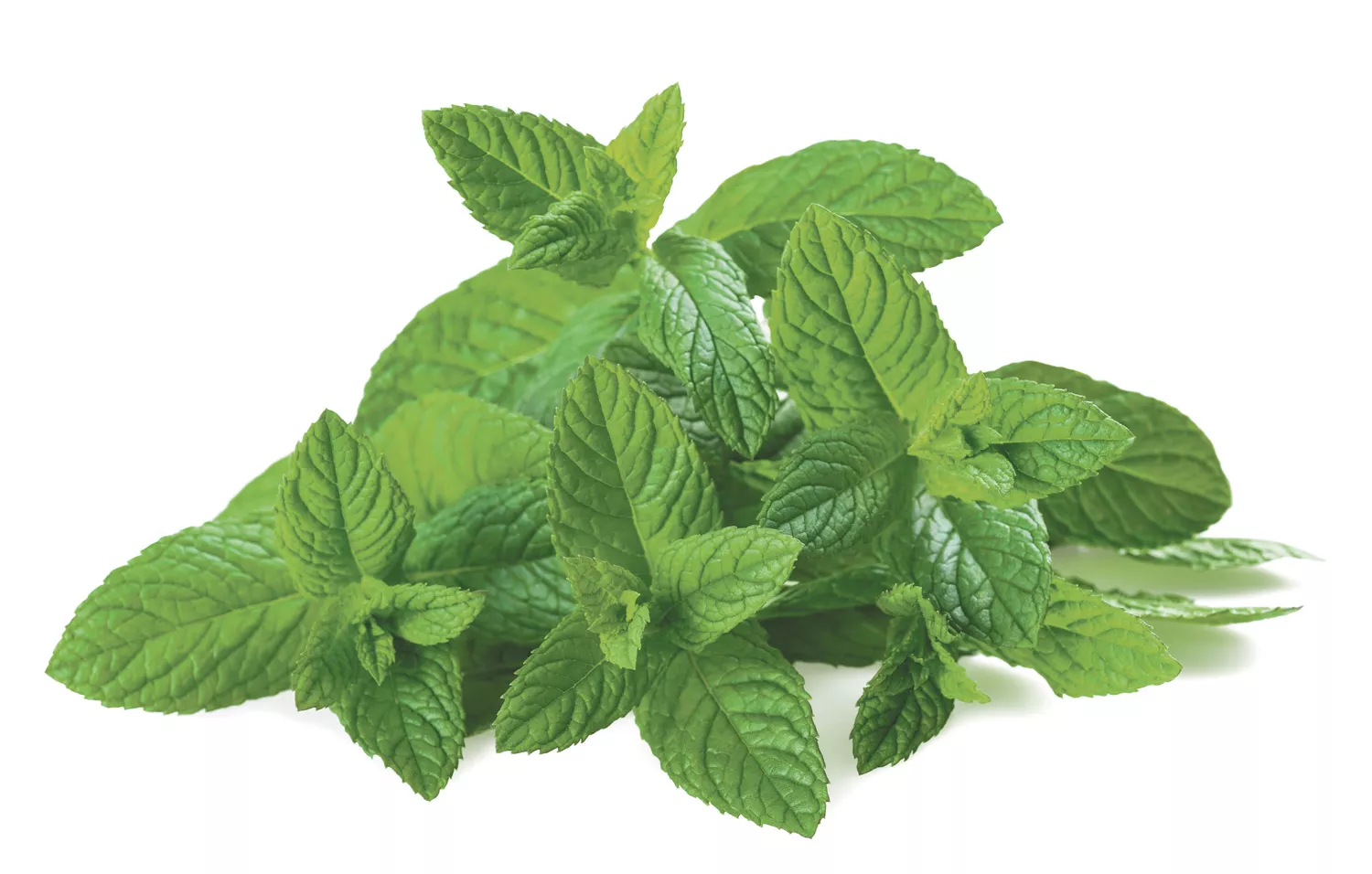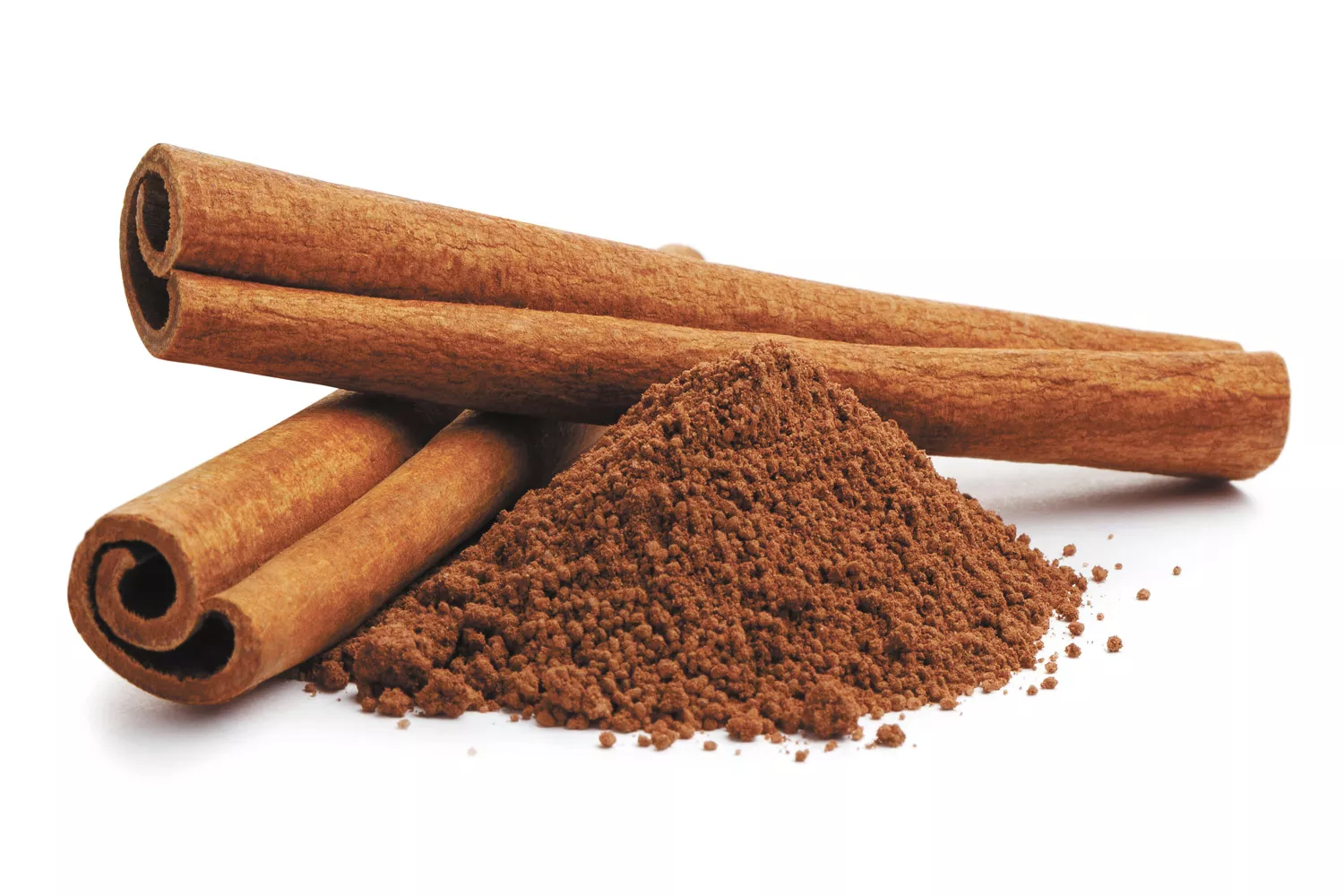The art of using spices has been studied for as long as humans have been making foods. In fact, most herbs and spices found on modern grocery shelves have been used for centuries — or much longer. The historical use of spices transcends flavor, however, crossing into the realm of healing both the mind and body. Today we're fortunate to have access to both ancient wisdom and modern science to inform our food decisions, including how and where to use various herbs and spices.
Ginger
The plump root of the ginger plant is notorious for soothing an upset stomach, pregnancy-related morning sickness and even chemotherapy-related nausea. This powerful root has also been found to be useful for anti-inflammatory benefits for arthritis, muscle pain and migraine relief. Many of these effects are thanks to the self-named compounds, gingerols, found in ginger root. Ginger can be consumed either fresh or dried in main courses, baked goods or even a fresh ginger tea.
Turmeric
A cousin of ginger, turmeric is a root with yellow-colored flesh that has been valued for centuries for its medicinal properties. Most of turmeric's medicinal properties come from its high content of curcumin, a powerful antioxidant and anti-inflammatory compound. High doses of turmeric have been shown to be as effective as modern anti-inflammatory drugs. It also has been shown to help balance blood sugar, by regulating adipokines in type 2 diabetes. Like ginger, turmeric can be used either fresh or dried in curries and other main courses, in condiments like mustard, or as a healing turmeric tea.
Fenugreek
Fenugreek is a green, leafy plant commonly used in the Indian subcontinent. The plant contains high levels of 4-hydroxyisoleucine, a chemical known to improve the function of insulin to help regulate blood sugar levels. Fenugreek has historically been used for hormonal effects, both to improve testosterone levels in males and to help new mothers produce more breast milk. However, these hormonal claims have yet to be proven by modern science. Both the seeds and the leaves can be used as a flavor-enhancing spice in many dishes including curries, soups, breads and sauces.
Peppermint
Peppermint leaves and oil have a long history of medicinal and aromatherapy uses. Like many herbs, the medicinal compounds of peppermint are largely in the oil, which can be distilled out of the plant. Both as a tea and aromatherapy, peppermint is well known for anti-nausea effects. Ingesting peppermint has also been associated with improving irritable bowel syndrome (IBS) symptoms. Peppermint leaves can be ingested as a tea or infusion, while peppermint oils and extracts can be either ingested in small quantities or inhaled.
Cinnamon
Although we often see cinnamon as rolled sticks or a powder, it is actually the bark of the cinnamon tree. This spice has a distinctive sweet, spicy taste that complements many baked goods, coffee and tea. The active compound in cinnamon, cinnamaldehyde, is responsible for most of its medicinal properties. Studies have shown that cinnamon is effective at lowering blood sugar through a few different mechanisms, including slowing the digestion of carbohydrates and improving insulin sensitivity. Regular consumption of cinnamon may also be able to lower blood pressure, cholesterol and triglyceride levels. Cinnamon can be enjoyed as a spice in coffee or tea, used in baked goods, or even used in certain aromatic main courses.
Regardless of how you use your spice cabinet, most herbs and spices share the benefit of being loaded with antioxidants, largely related to the potent flavors many spices are known for. Diets high in antioxidants, in general, have been associated with improved cognitive function, digestion and often reduced cancer risk. ♦
Stacey Aggarwal received a Ph.D. in pharmacology from the University of Washington. She writes about biology, health and nutrition while running a lavender farm in North Idaho.





